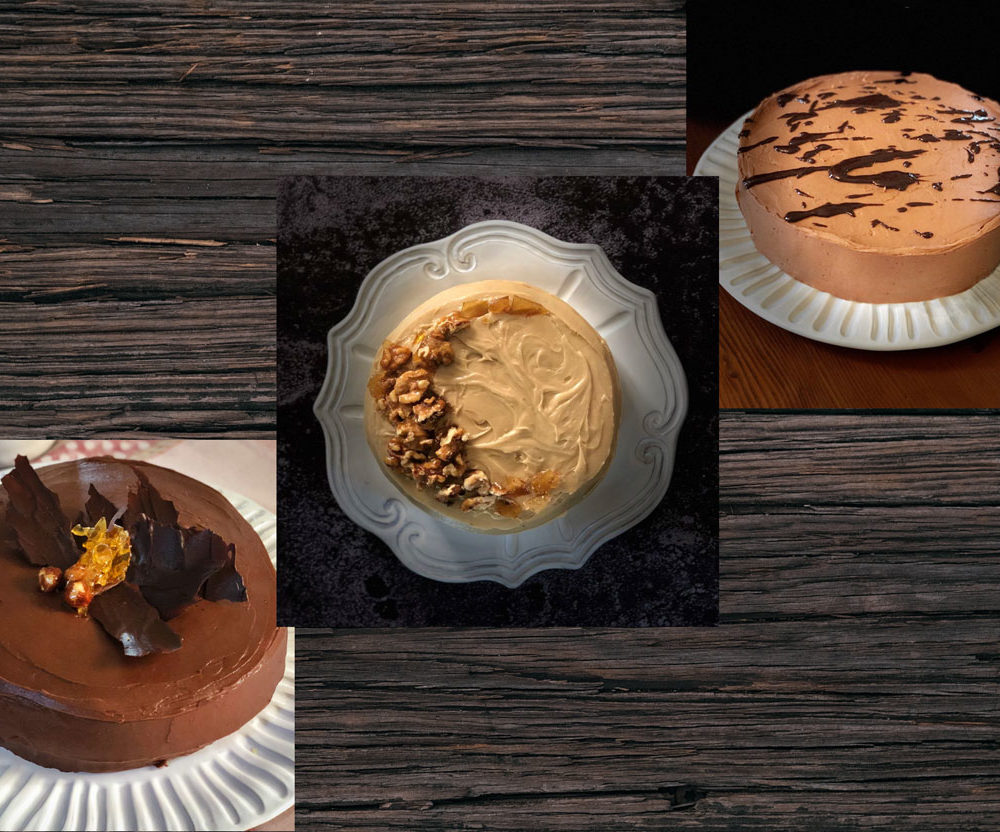
You’ve made the same cake many times, yet you wonder why sometimes it’s great and at other times not so great. You have used the same ingredients, carefully measured, used the same cake pan, and baked in the same oven. Well, just maybe, what you didn’t take into account is “temperature”. Not the temperature of your oven, or your kitchen, but of your ingredients. Ingredient temperature is often something we don’t think about, but in baking, it’s just as important as measuring the ingredients.
The Butter
When butter is at room temperature(still cool, but you can leave an indent with just a light press in the center) and is mixed with the sugar it forms an emulsion that traps tiny bubbles of air. These bubbles expand even more during the baking process. This gives that nice, even crumb and lightness to your cake. If you looked at sugar crystals under a microscope, you would see that each crystal has little sharp edges. These edges work into the soft butter and form and hold the air pockets. The pockets expand more when placed in your preheated oven. If the butter is too hard, you end up with small pieces of butter mixed with the sugar, and air pockets are not formed. Your cake will turn out with large bubbles in one area and flat and dense in other areas. If the butter is too soft or melted it won’t hold the air bubbles once in the oven, and the cake tends to be flat and a bit greasy towards the bottom.
Next the Eggs
Once your room temperature butter has been combined with the sugar and beaten to a light, airy mixture, it’s time to add the eggs. It is equally important that these be at room temperature too. It is also important, whether you are using whole eggs or yolks, that the eggs are added one at a time. Incorporate completely each egg before adding the next. This sequence will keep the mixture light and increase the airy volume of the batter.
The Finish
If your recipe calls for any further liquid ingredients prior to adding the dry ingredients, such as milk, sour cream, buttermilk, etc. these also fall into the “must be at room temperature” category. If you add cold ingredients at this time, the mixture can break and look somewhat curdled. It will also deflate some of the volume.
If your cake calls for buttermilk and you don’t have any on hand there are several substitutes.
- Pour 1 tablespoon of lemon juice or vinegar into a measuring cup and add enough milk to make one cup.
2. 3/4 cup of yogurt or sour cream mixed with 1/4 cup of milk also works.
3. In most grocery stores you can find buttermilk powder in the baking section.
In Addition
If you are in a hurry and have forgotten to take the ingredients out of the refrigerator, there are tricks. You can place the cold eggs in a bowl of warm water. Slice the butter into smaller pieces and put them on plate, or invert a warm glass over the whole cube. Liquids can have a short zap in the microwave, about 8 to 10 second bursts until they reach the desired temperature. I
NOTE: These tips mainly apply to cakes that are leavened through the use of baking powder and/or baking soda. Genoise and most Sponge type cakes do call for melted butter as they rely mainly on beaten egg whites for leavening.